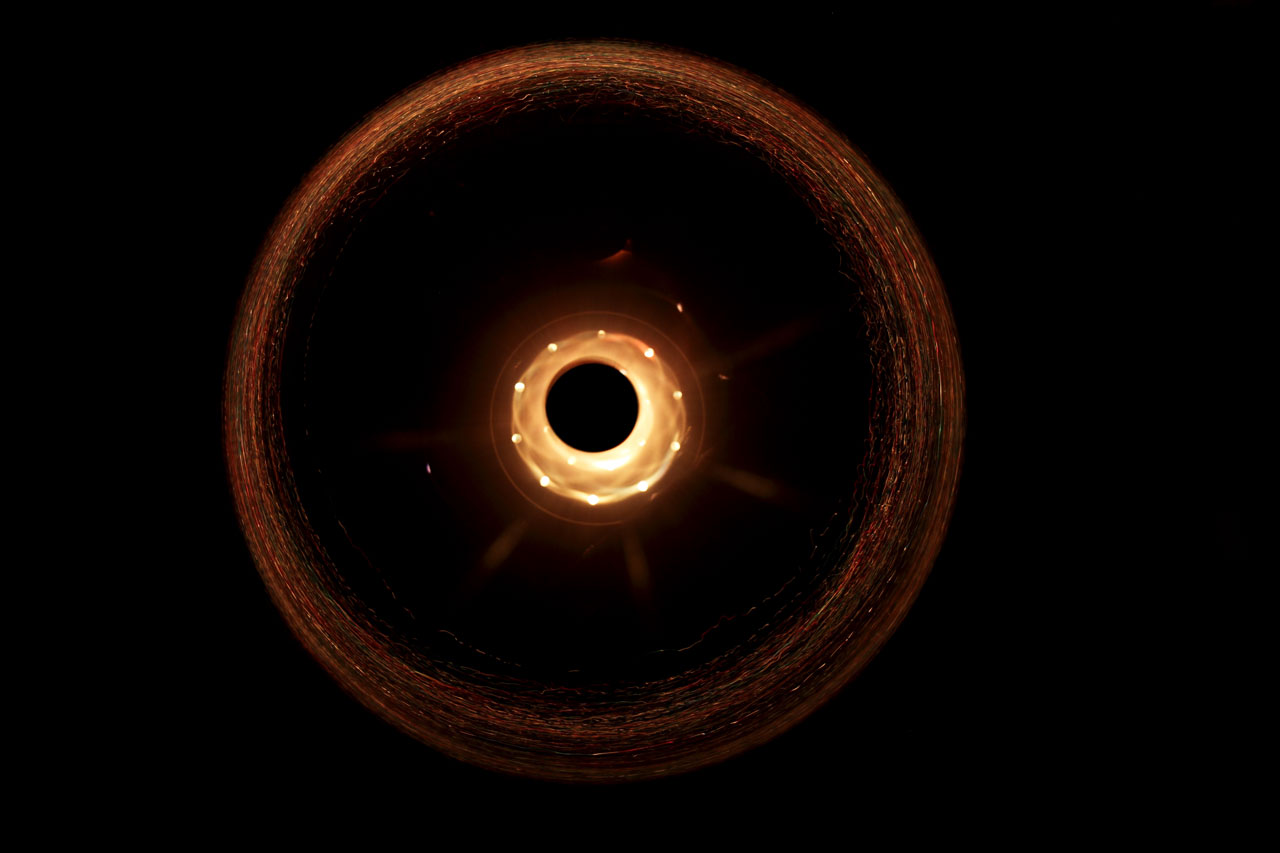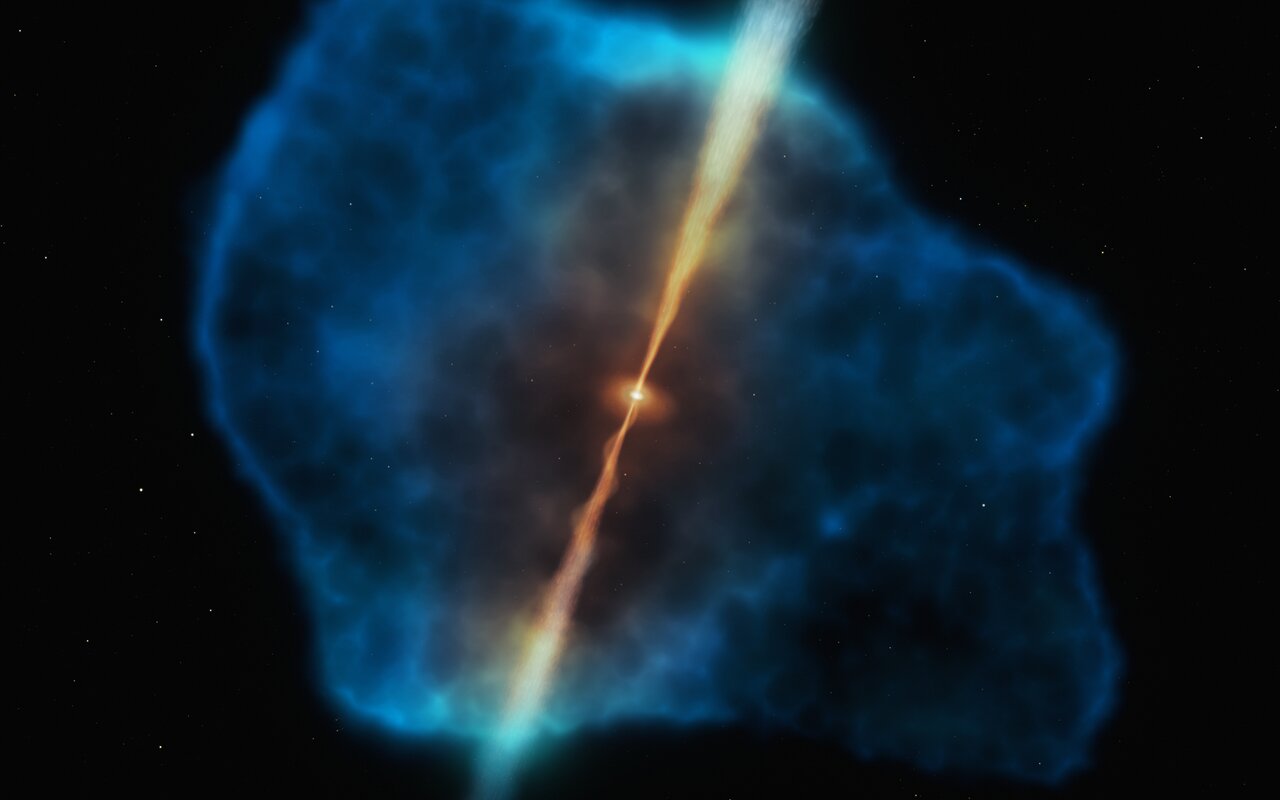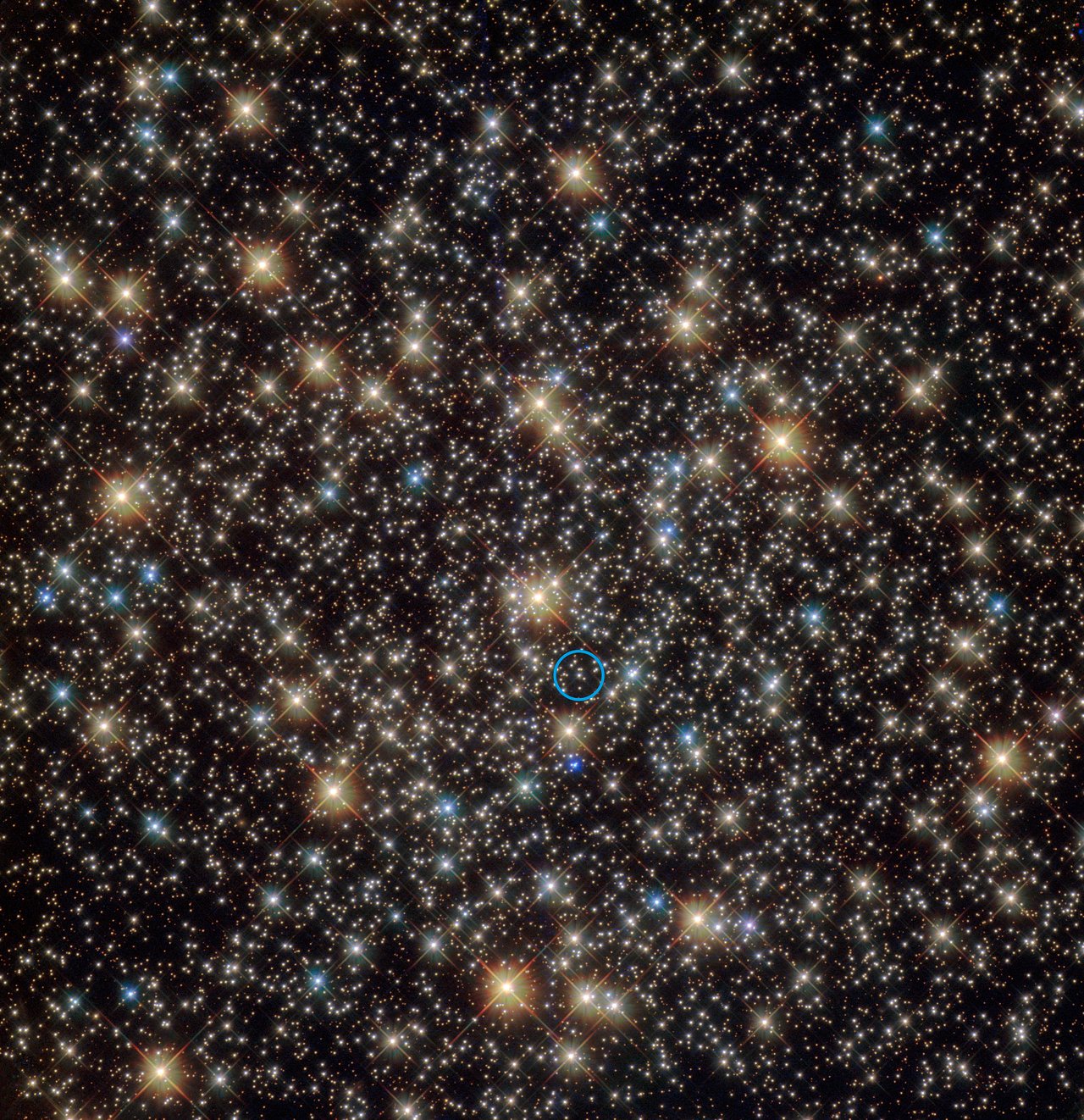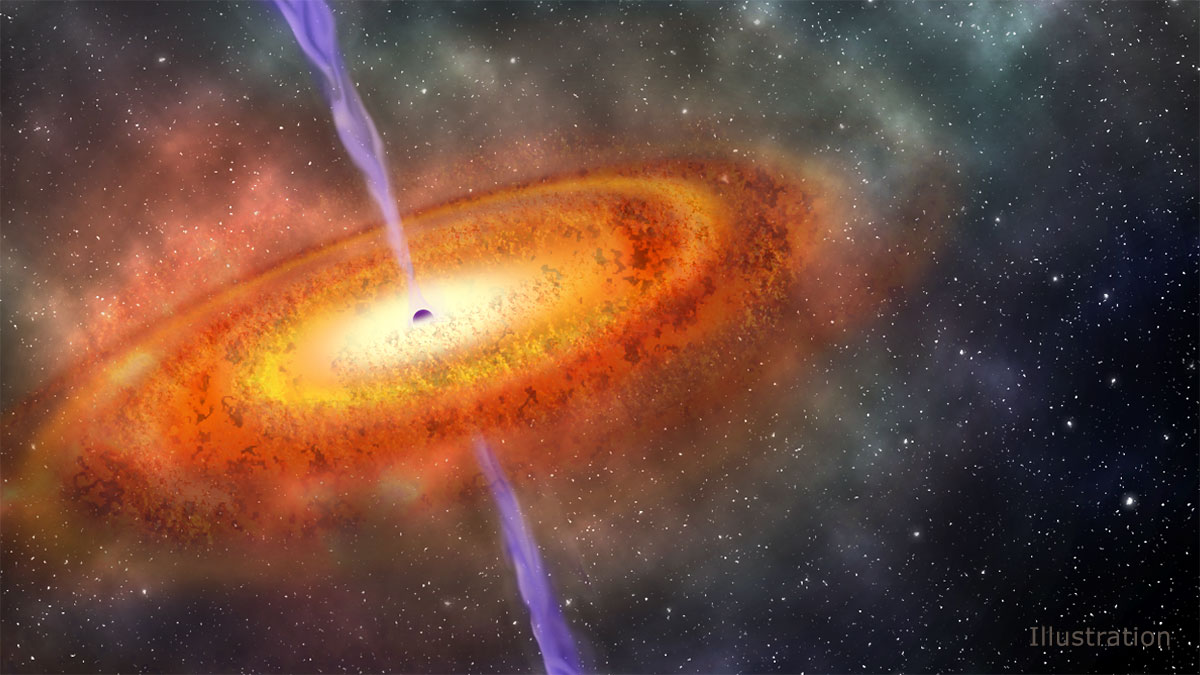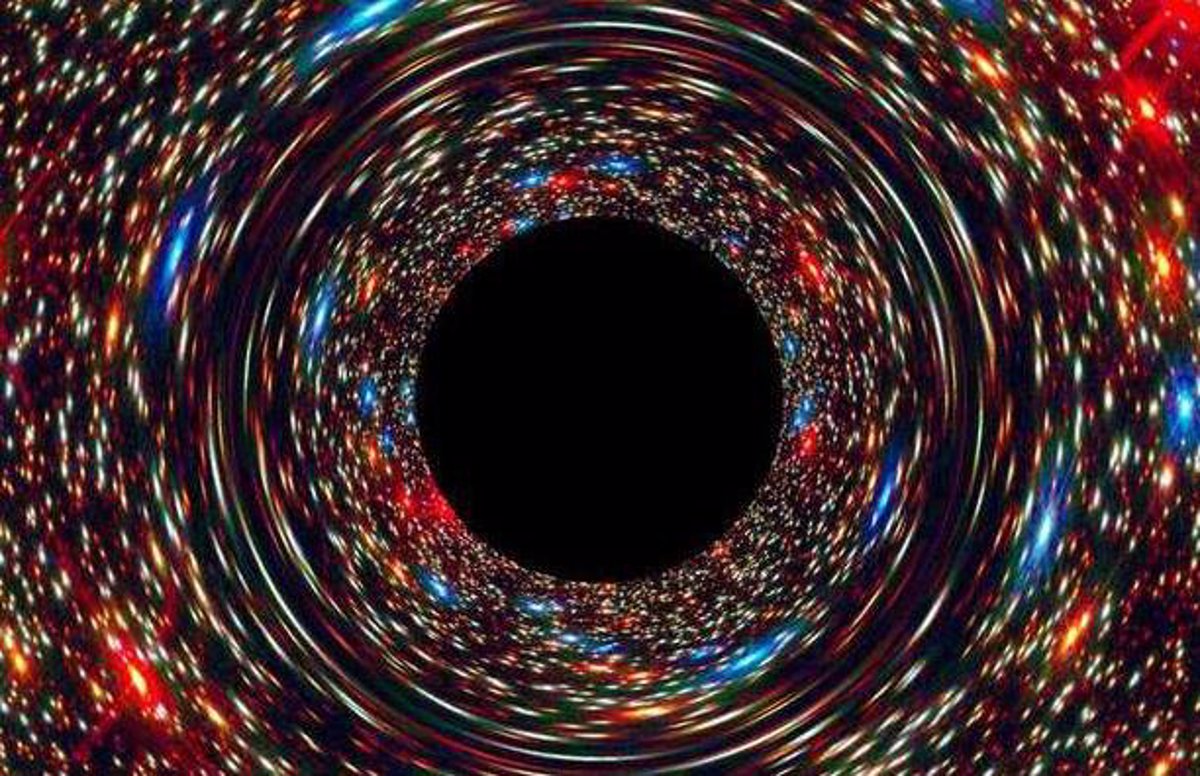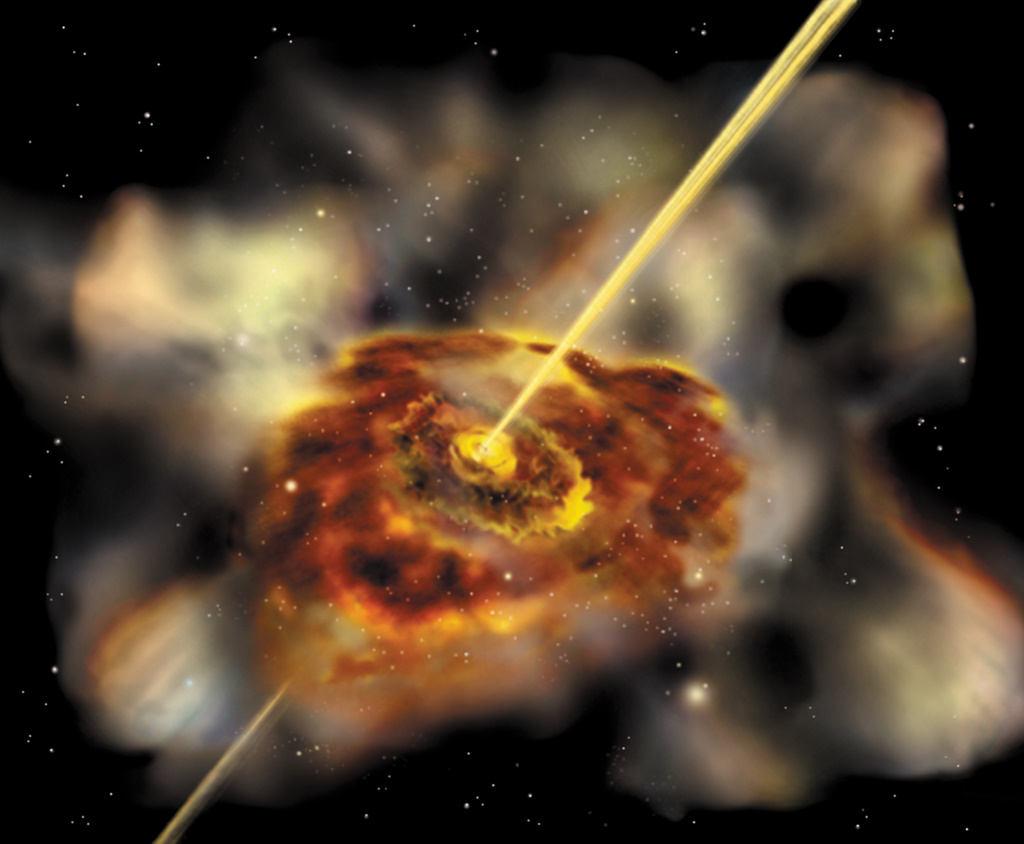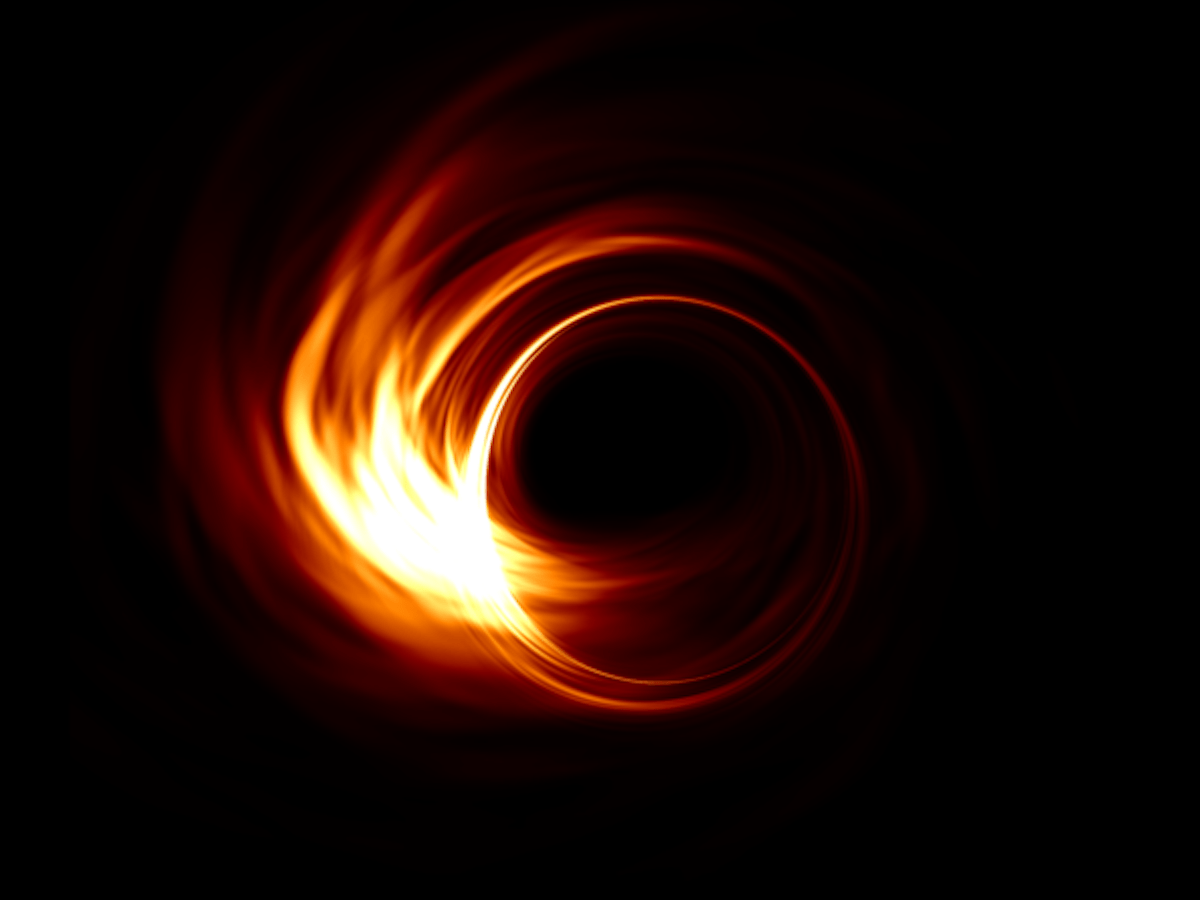Imagine you are a neutron star. You’re happily floating in space, too old to fuse nuclei in your core anymore, but the quantum pressure of your neutrons and quarks easily keeps you from collapsing under your own weight. You look forward to a long stellar retirement of gradually cooling down. Then one day you are struck by a tiny black hole. This black hole only has the mass of an asteroid, but it causes you to become unstable. Gravity crushes you as the black hole consumes you from the inside out. Before you know it, you’ve become a black hole.
Continue reading “What's the Connection Between Stellar-Mass Black Holes and Dark Matter?”What's the Connection Between Stellar-Mass Black Holes and Dark Matter?
